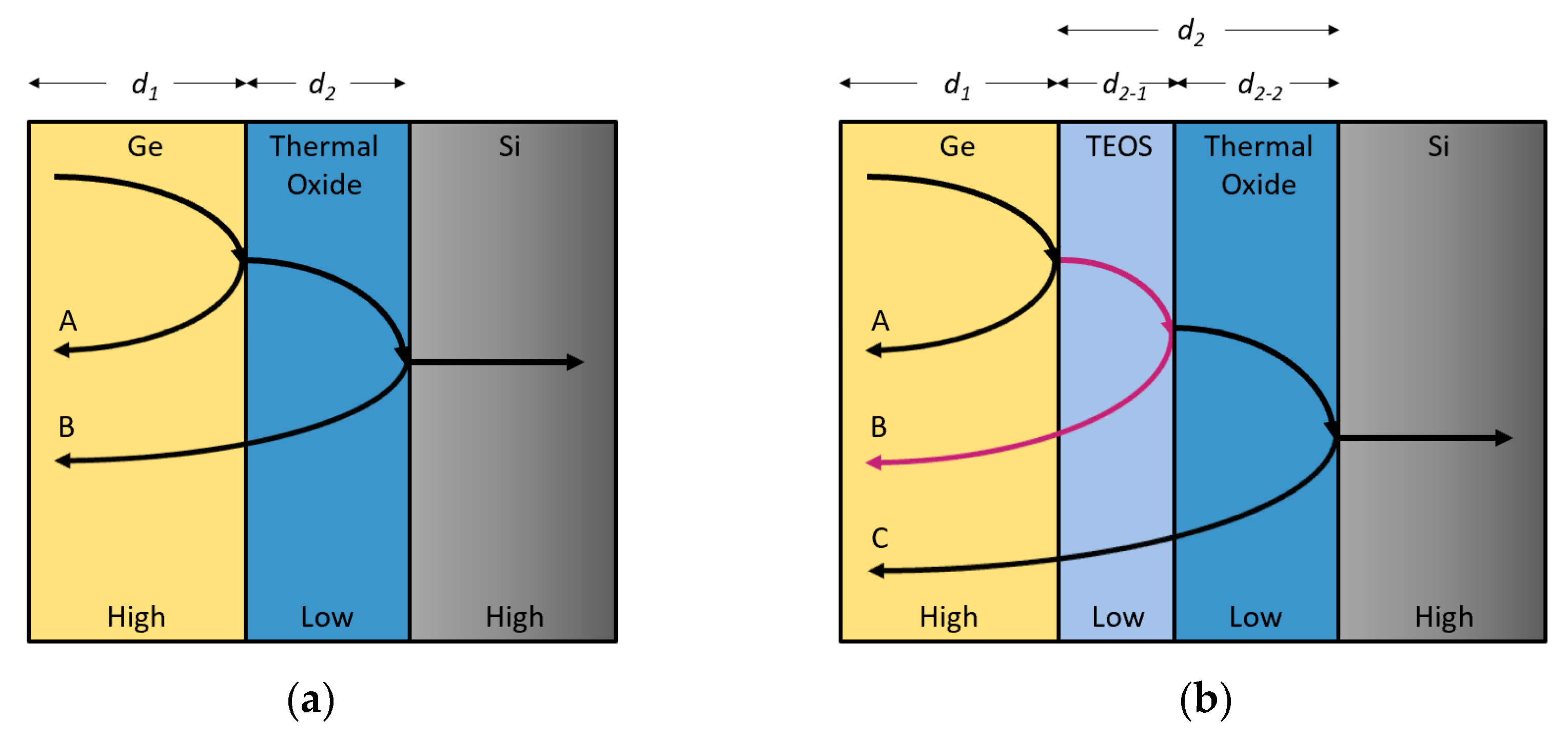

With both the wave and Mt Fuji components utilised, it is a wonderful nod by the designer of these corporate brands to Hokusai and highlights that good design has its roots in masters of the past.(a) Monochromatic light passed through a small circular aperture produces this diffraction pattern. Is Hokusai making a philosophical statement that is Zen in nature or is it just an image of a big wave? It’s interesting to note that in modern times, The Great Wave has been used as the inspiration for the Quiksilver and Roxy logos. Nature is something we cannot contain – it will do what it does. The Great Wave of Kanagawa is perhaps a comment on life and that we feel most alive when close to death.

There isn’t any panic or a sense of dread with the fisherman looking like they are meditating or praying as the tumultuous ocean prepares to engulf them.

Colours are muted and soothing with no reds or aggressive colours utilised by the artist suggesting he wants us to feel some peace in the image. The images overall feels calm but the theme or context is dark with the culmination of the action likely to result in the death of the fisherman. There is energy in the design of the ocean giving a sense of eruption which is very rhythmic. The wave is enormous to ensure that it dominates the composition increasing the sense of impending doom. The use of repeating colours (as seen in the blue of the ocean) creates a pattern from dark to light. The central part of the composition seems to have a circular shape and the wave and the space are reminiscent of the Yin Yang symbol – a well-known icon of Buddhism.Įlements of Design such as Pattern, Emphasis and Proportion are evident in the artwork. There is a clear rule-of-thirds composition with the wave one third in from the left and the crest one third down from the top – this creates space to the right of the design which helps to minimise clutter overall and aid in emphasising the action to the left and bottom of frame. It’s very similar in style and can be compared to what Tim Burton uses in his films (such as The Nightmare before Christmas and Corpse Bride). An aggressive line is used at the tip of the wave where ‘finger-like’ water reaches out seemingly to capture the helpless victims below. Part of the 36 views of Mt Fuji series produced by Hokusai, the Great Wave is one of the most recognisable artworks from Japan.īasic Principles of Design are evident in the artwork which is dominated by the curvaceous line of the crashing wave. Produced between 18, Great Wave depicts a storm with a large wave (sometimes mistakenly considered a tsunami) about the crash onto two fishing boats, all featured in the shadow of Mt Fuji. Hokusai was born in 1760, the son of a mirror maker – his mother is speculated to have been a concubine. The Great Wave of Kanagawa by Hokusai is a linen print in landscape format.


 0 kommentar(er)
0 kommentar(er)
